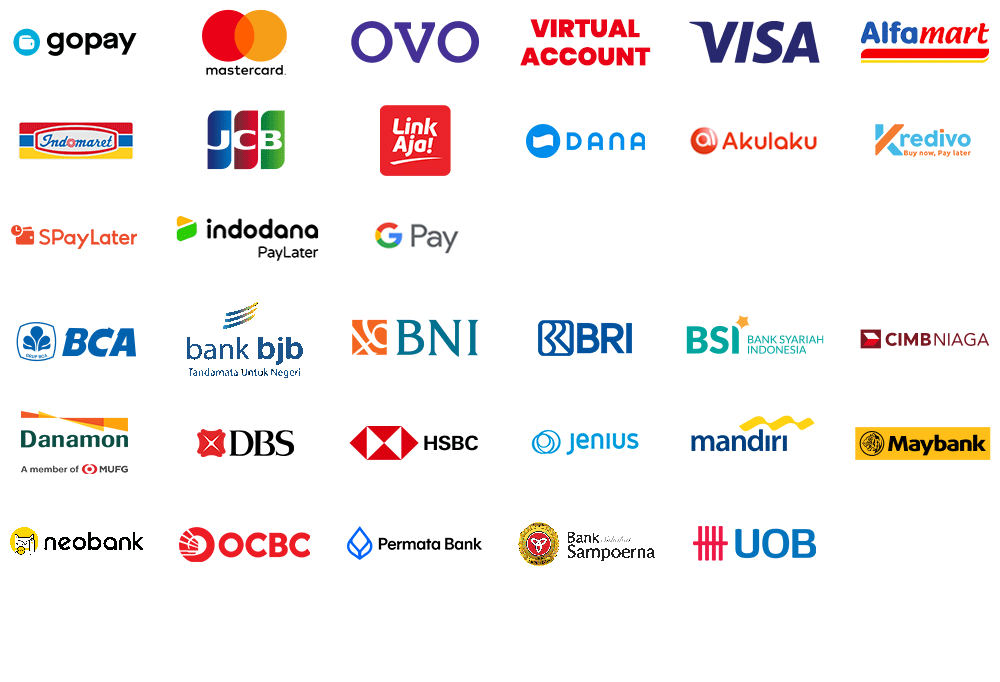Kupontoto : Jalur Cepat Menuju Jackpot Toto Macau Setiap Hari

-
334 orang sedang melihat produk ini
- 334 orang sedang melihat produk ini
Temukan jalur cepat menuju jackpot Toto Macau lewat platform KUPONTOTO yang aman, responsif, dan dirancang untuk kenyamanan bermain.
| NAMA SITUS | KUPONTOTO |
|---|---|
| PASARAN TERPOPULER | MACAU, HONGKONG, SINGAPORE |
| DEPOSIT VIA | ALL BANK, E-WALLET, QRIS |
| MINIMAL DEPOSIT | IDR 10.000 |
| RATING | 5.0 dari 349.215 pengguna |












